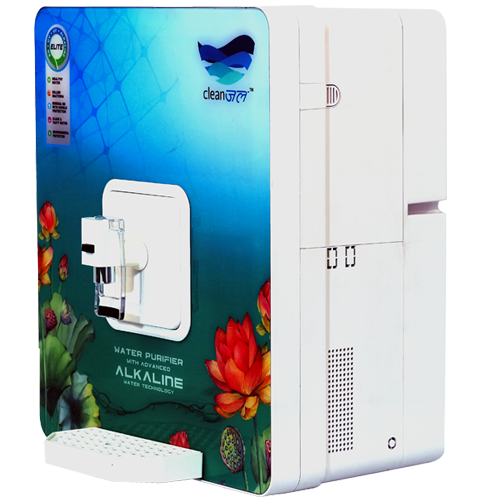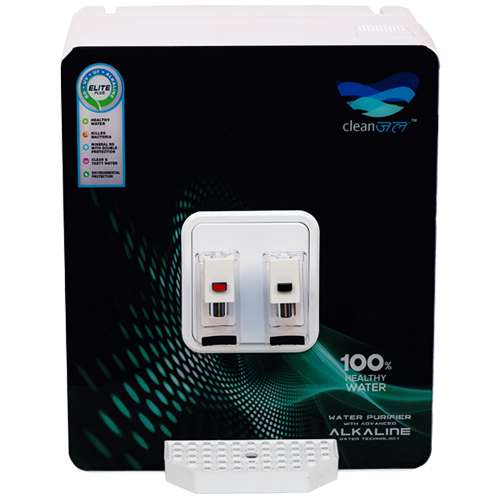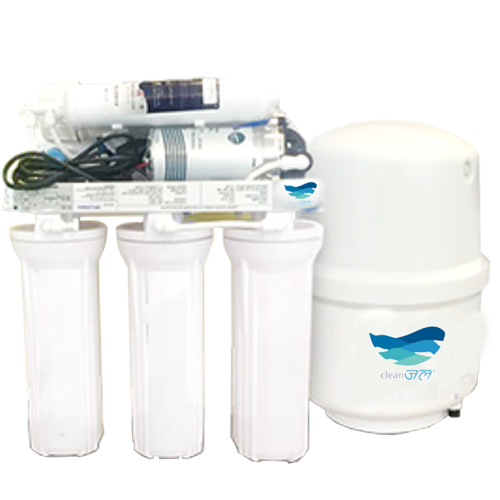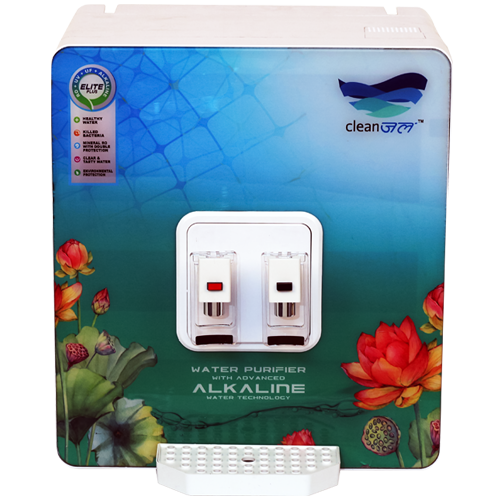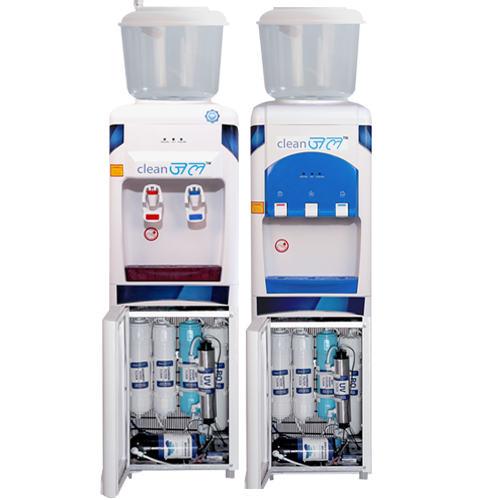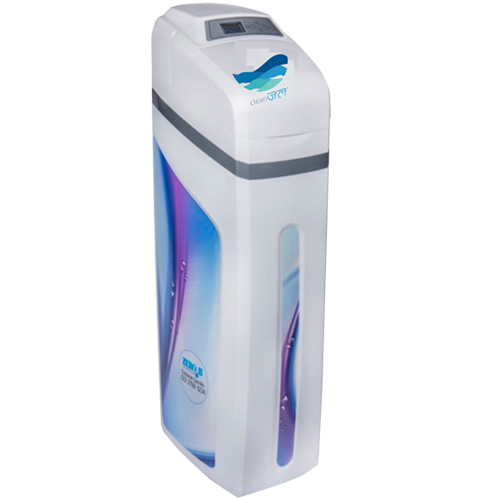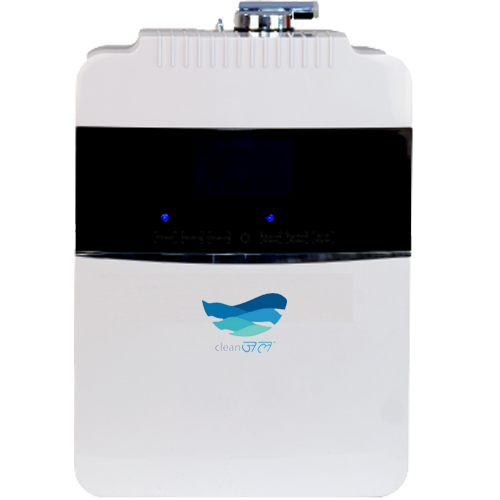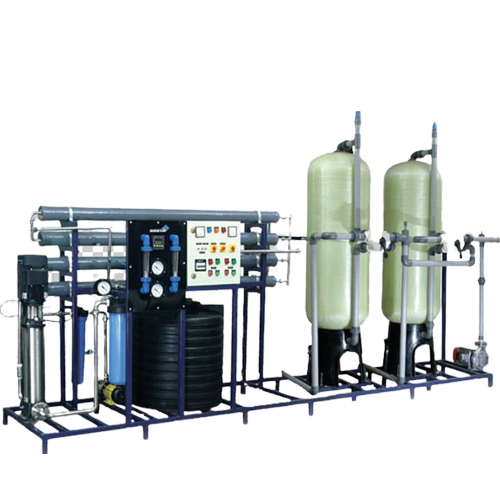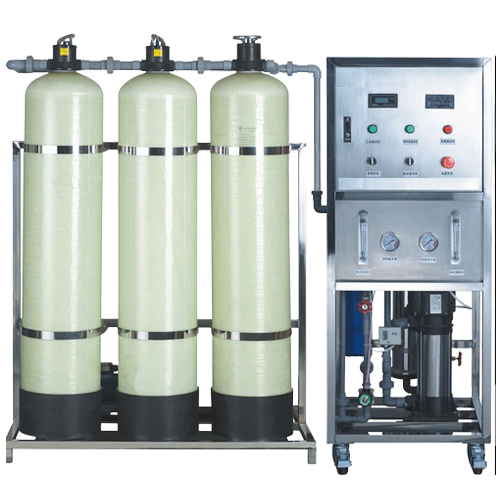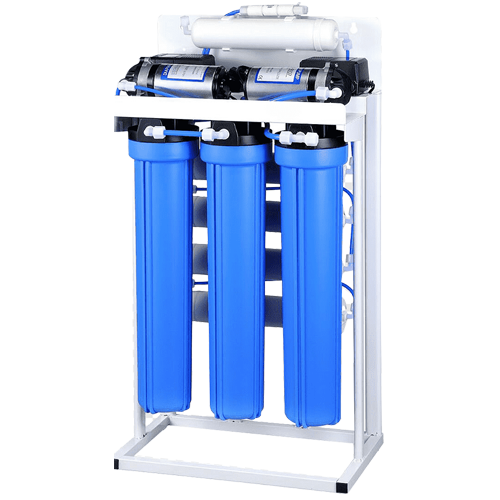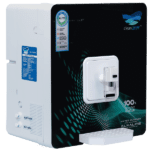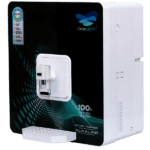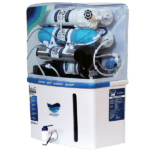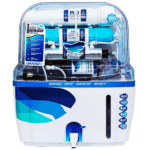6 Key Benefits Of Reverse Osmosis Water. Are you tired of drinking tap water that tastes like chlorine or bottled water that comes with a hefty price tag? Look no further than reverse osmosis (RO) water!
This process removes impurities, minerals, and chemicals from your drinking water to provide clean and refreshing hydration. In this blog post, we will explore six key benefits of RO water and why it may be the solution to your thirst-quenching needs.
From improved taste to reduced environmental impact, discover how RO water can benefit you and your household.
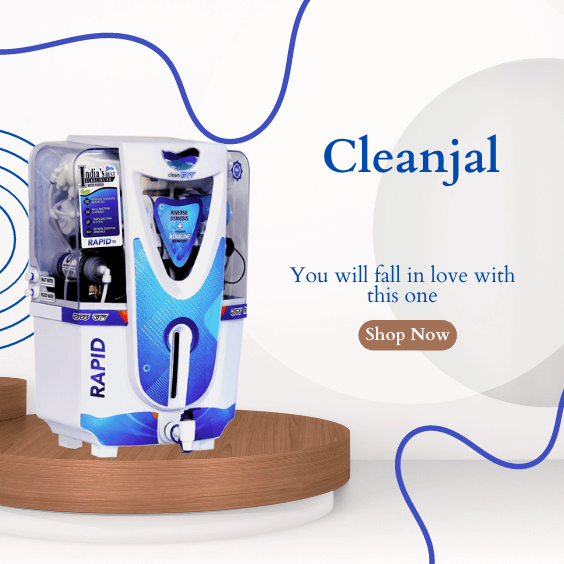

6 Key Benefits Of Reverse Osmosis Water
Reverse osmosis water has a number of key benefits that make it an excellent choice for drinking water. Here are some of the most important benefits:
- Reverse osmosis water is extremely pure and free from contaminants.
- Reverse osmosis water is great for people with sensitive stomachs or who are trying to avoid intestinal infections.
- Reverse osmosis water can help improve the taste of food and drinks, making them more palatable.
- Reverse osmosis water can help keep teeth and gums healthy by preventing the build-up of plaque and bacteria.
- Reverse osmosis water is an excellent way to stay hydrated, as it is easily absorbed by the body.
What is reverse osmosis?
Reverse osmosis is a water purification process that removes contaminants from water by using pressure to force water molecules through a semipermeable membrane. Contaminants are flushed away, leaving clean, purified water on the other side of the membrane.
Reverse osmosis is one of the most effective ways to purify water, and it’s used in a variety of settings, from residential homes to large industrial facilities. There are many benefits of reverse osmosis water, including the following:
- Reverse osmosis removes impurities from water.
- Reverse osmosis improves the taste of water.
- Reverse osmosis reduces the risk of illness from contaminated water.
- Reverse osmosis helps conserve water resources.
- Reverse osmosis is cost-effective and requires minimal maintenance.
How does reverse osmosis work?
Reverse osmosis (RO) is a water purification technology that uses a semipermeable membrane to remove ions, molecules, and larger particles from drinking water. In reverse osmosis, an external force is used to overcome the natural osmotic pressure, which is created by differences in the concentrations of dissolved solids on either side of a membrane.
The process of reverse osmosis typically involves 4 steps:
- Pretreatment: Water is pretreated to remove contaminants that can damage or foul the RO membranes such as suspended solids, bacteria, and organic compounds.
- Reverse Osmosis (RO) Membrane Filtration: The semipermeable RO membrane filters out contaminants from the water as it is forced through under high pressure.
- Posttreatment: In some cases, additional treatment may be required to improve the taste or quality of the water before it is delivered to homes or businesses.
- Rejection Flow: The contaminated water that is filtered out by the RO membrane is discharged to drains or other appropriate disposal methods.


The benefits of reverse osmosis water
Reverse osmosis water has many benefits that make it a great choice for drinking and cooking. Here are some of the key benefits:
- It’s safe and clean – Reverse osmosis water is free from harmful contaminants such as bacteria, viruses, chemicals, and heavy metals. This makes it a safe and clean option for drinking and cooking.
- It’s affordable – Reverse osmosis systems are very affordable, especially when you compare them to other water filtration methods.
- It’s easy to use – Reverse osmosis systems are easy to set up and use, making them a great option for those who don’t want to hassle with complex systems.
- It tastes great – Most people who switch to reverse osmosis water notice a significant improvement in taste. This is because reverse osmosis removes impurities that can cause water to taste bad.
- It’s good for your health – Drinking reverse osmosis water can help improve your overall health by providing your body with clean, pure water that is free of harmful contaminants.
How to get reverse osmosis water
Reverse osmosis water is becoming increasingly popular as a way to get clean, fresh water. Here are some tips on how to get reverse osmosis water:
- Look for a reverse osmosis system that is certified by the National Sanitation Foundation (NSF). This certification indicates that the system has been tested and proven to remove contaminants from water.
- Make sure that the system you select can provide enough water for your needs. The amount of water you need will depend on your family size and how much you use water each day.
- Consider the cost of the reverse osmosis system. Some systems may be more expensive than others, but you should select the system that best meets your needs and budget.
- Have your reverse osmosis system installed by a qualified professional. This will ensure that the system is installed correctly and that it will work properly.


